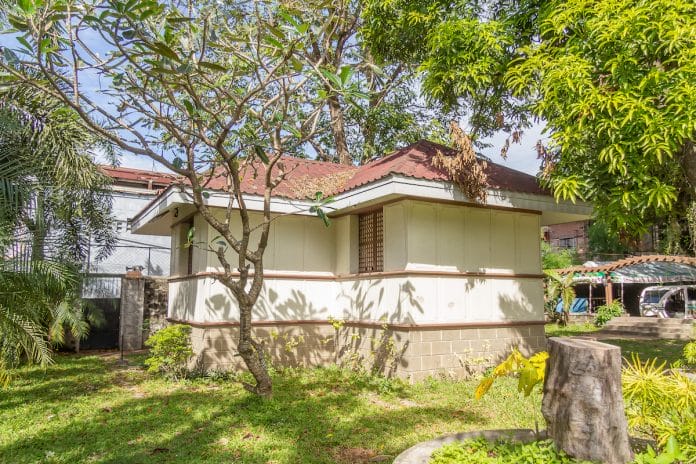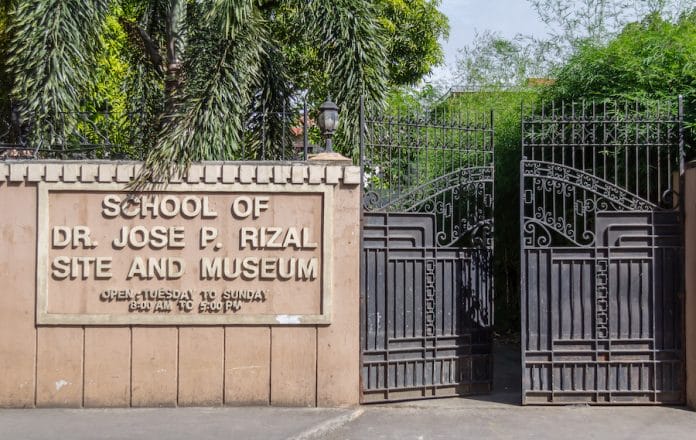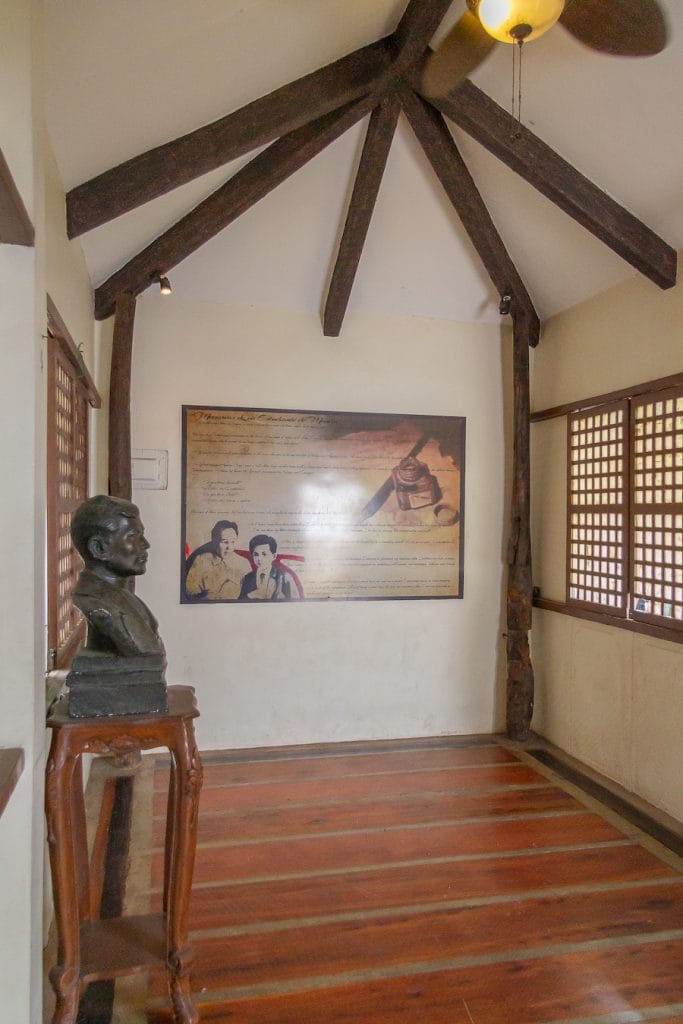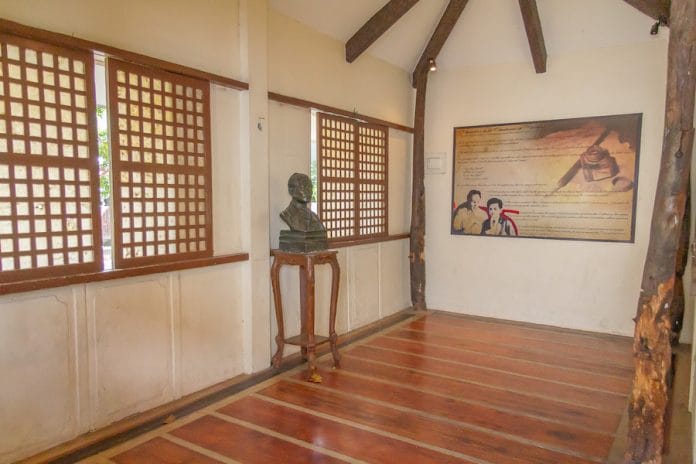The School of Dr. Jose P. Rizal Site and Museum in Biñan, Laguna may be one of the smallest museums you’d ever see, but its emotional appeal is huge. A quick field trip to where Jose Rizal had his first formal schooling will pique your interest in enormous things—his childhood years outside Calamba, how to snap at bullies bigger than you, why he described 19th-century Binan as “rich, ugly and dismal,” and how to keep your house’s foundation resilient even after a century.
It’s well-known that the nine-year-old Jose Rizal went to Biñan, Laguna to study under the tutelage of Justiniano Aquino Cruz. From their hometown in Calamba, Jose’s brother Paciano accompanied him to Biñan where he stayed at the house of their paternal aunt, Tomasa Alejandro Mercado.
The house is believed to be located somewhere on Gonzales Street, around 30 meters away from the house of Aquino Cruz (on Capinpin St.) and a few blocks away from Teodora Alonso’s ancestral home—the famous Alberto Mansion. Why the young Jose didn’t stay at the Albertos’ bahay na bato, even if he wasn’t fond of the daily viand at Tia Tomasa’s dining table, is another interesting story.
Trailing back to Gonzales, the street’s modern name was derived from Laguna’s former representative, Jacobo Gonzales, who used to own the 583-sqm lot where the maestro’s historic house can be found. The property was bequeathed to Gonzales by his uncle, Moises Zaraga, the grandson of Aquino Cruz.
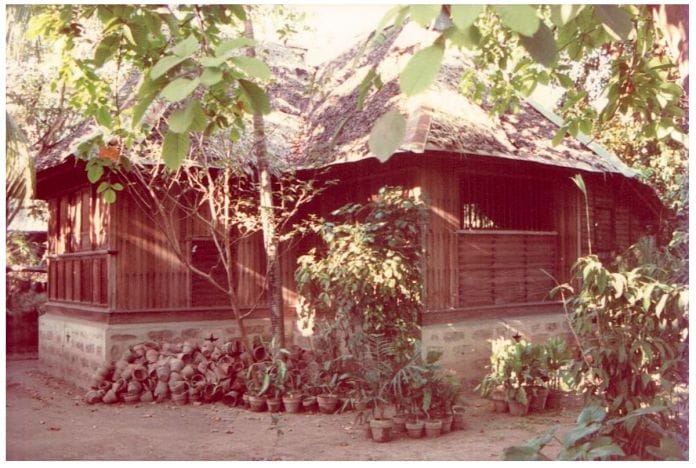
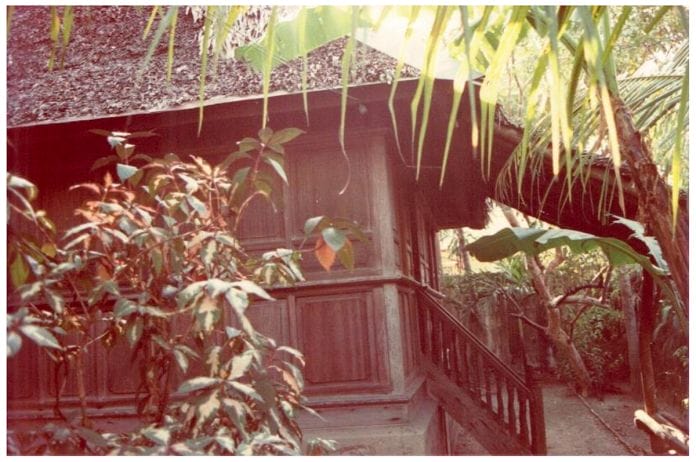
The 40-sqm house cum school was a small bahay kubo (nipa hut) that had a strong foundation like a bahay na bato. Pawid (palm leaves) served as roof while the wooden walls featured a natural chocolate color. The windows were wide and open to let the tropical air circulate.
In 1948, the Philippine Historical Commission placed a National Historical Marker in the property, and in the following decade, the Gonzales family restored the hut in honor of the famous maestro. Unfortunately, when Jacobo’s wife Cresenciana died, the heritage site was left to deteriorate.
Photos shared by Joby Belmonte, a grandchild of the late Gonzales couple, to the local government unit showed the house in its former beauty in the ‘80s. It also showed the huge caimito tree (star apple) tree that eventually fell and damaged the house.
Today, the School of Rizal Site sits within the Casa Biñanense (Jacobo Gonzales Ancestral House), which currently houses Jacobo Gonzales Collection, City Tourist Information and Assistance Center, and the Office of Biñan City Rep. Len Alonte-Naguiat.
The Gonzales family decided to sell the whole property in 2014, which was fortunately acquired by the local government unit and made to undergo major restoration the following year.
The concrete foundation was retained and fixed, the wooden staircase removed, and new concrete walls replicated the original design and were painted cream and brown, highlighted by Capiz windows. Red galvanized iron sheets protect the L-shaped structure, which will be covered with pawid—the original roofing material—this year.
Inside the museum, visitors can find bricks engraved with stars and wooden posts, which were part of the original foundation. More importantly, it contains excerpts from Rizal’s diary, titled Memorias de un estudiante de Manila, featuring his Biñan memoirs.
After two years of staying in Biñan, the original town of his father and mother, Rizal left the city to study in Manila, as advised by Aquino Cruz.
He may have never liked the town at first, but there’s a strong suspicion that it inspired him to create San Diego, the town along Laguna Lake, in his famous Noli Me Tangere and El Filibusterismo.
